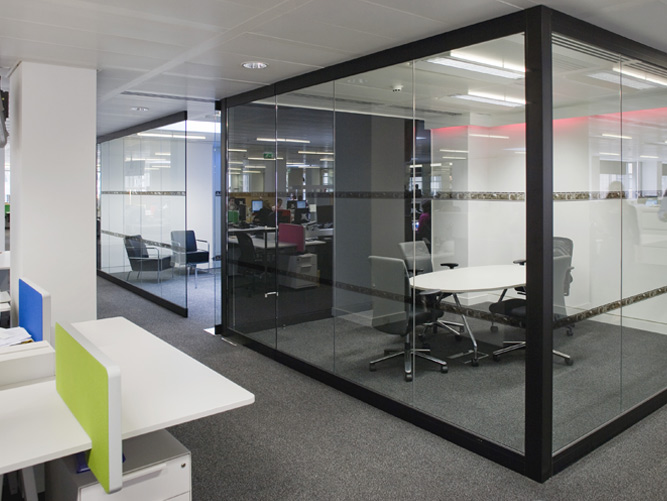Balancing Act: The Cost-Benefit Analysis of Sustainable Materials in Modern Architecture
As environmental concerns become more pressing, the use of sustainable materials in modern architecture is no longer just a trend but an economic necessity. However, the transition to sustainable items, particularly in glass architecture, involves a delicate balancing act.
Sustainable glass materials are those that are produced, processed, and utilised in ways that reduce environmental impact. These materials often include features such as energy efficiency, recyclability, and reduced emissions during manufacturing. Common examples include lower carbon glass and insulated glass units (IGUs).
Advanced glass products designed to enhance energy efficiency and sustainability are fast becoming the norm. These innovative solutions exemplify the potential of sustainable glass and how it’s changing the face of architectural practice.
Green is Good
One of the most compelling arguments for the use of sustainable glass materials is the positive environmental impact. These products help reduce the carbon footprint of buildings, conserve natural resources, and decrease waste.
ESG Eco glass has a reduced embodied carbon of more than 30% to standard 4mm float glass. This equates to an embodied carbon value of 6.38kgCO2e/m2.
You can read our latest Environmental Policy here.
Economic Considerations
While the environmental benefits of sustainable glass materials are clear, the economic implications are more complex. For example, lower carbon glass may have a higher upfront cost compared to traditional glass. However, this investment can often be offset by long-term savings.
Lower carbon glass can be laminated or heat treated without affecting its visual appearance or performance. This flexibility enables innovative designs with oversized panels, minimising structural elements and creating seamless glass facades that flood interiors with daylight.

Health and Wellbeing
Another big factor in the cost-benefit analysis of sustainable glass materials is their impact on the health and wellbeing of building occupants.
There’s a lot to be said for having sunshine in your working life. The long-term benefits of a healthier and more productive environment can be substantial, adding another layer of value to the investment in sustainable materials. Glass products that optimise natural light, contribute significantly to creating healthier indoor environments while maintaining aesthetic beauty.
Regulatory and Market Trends
Governments around the world are implementing stricter building codes and offering incentives for sustainable construction. Compliance with these regulations not only avoids potential fines and legal issues but also positions developers as leaders in a growing market segment.
In addition, there is a rising demand from consumers and businesses for sustainable buildings. Tenants and buyers are becoming more environmentally conscious and prefer properties that reflect these values. This shift in market preferences can enhance the marketability and competitiveness of buildings constructed with sustainable materials.
Challenges and Mitigation
Despite the numerous benefits, adopting sustainable glass materials in modern architecture presents challenges. These include supply chain issues, and a lack of awareness or expertise among stakeholders. To overcome these challenges, it is essential to adopt a more strategic approach.
Investing in research and development can lead to innovations that reduce costs and improve the performance of sustainable materials. Collaboration with suppliers and industry partners can help secure a reliable supply chain.
Advanced glass products exemplify this approach by delivering cutting-edge sustainable solutions. They’re realised continually innovating and collaborating with industry partners.
By adopting sustainable glass materials, today’s architects and developers can contribute to a more sustainable future while reaping substantial benefits. The key to success lies in balancing the immediate costs with the long-term gains, fostering innovation, and staying attuned to regulatory and market trends.
Want to learn more? Contact our expert team >>




